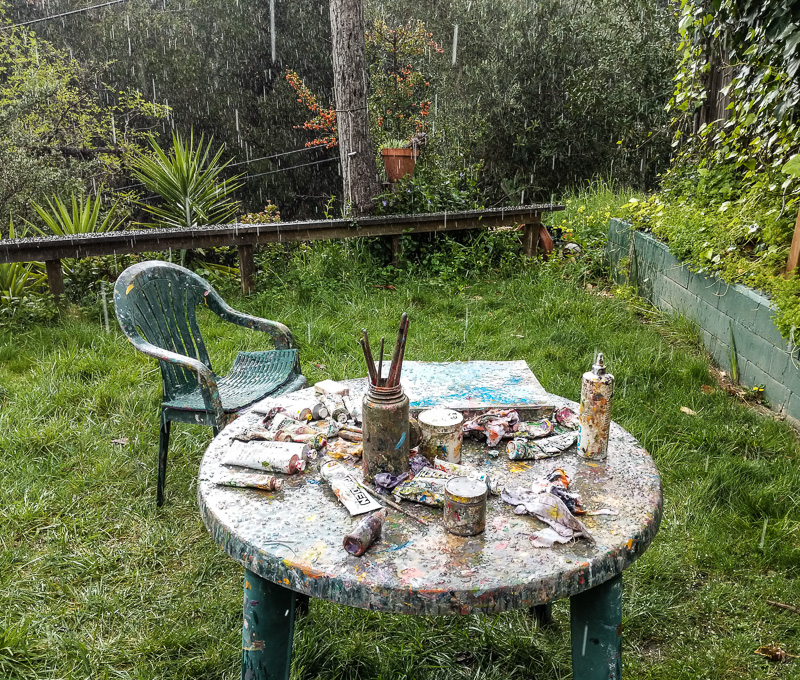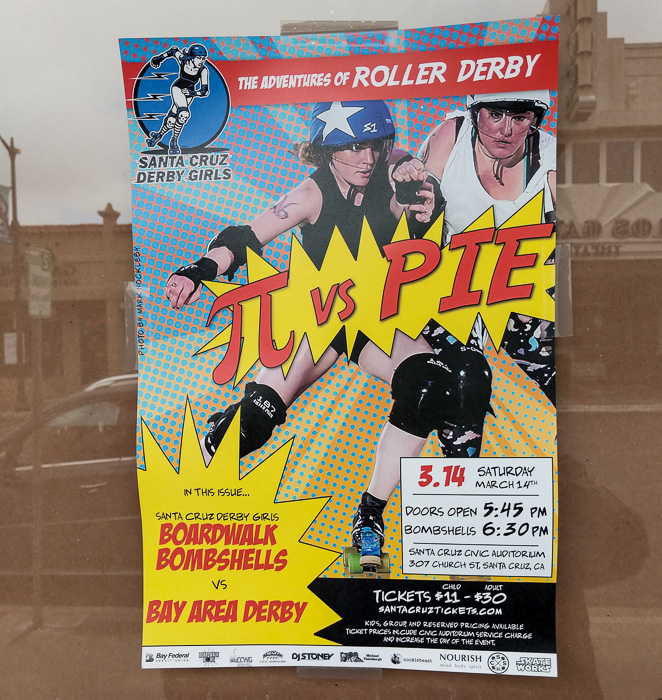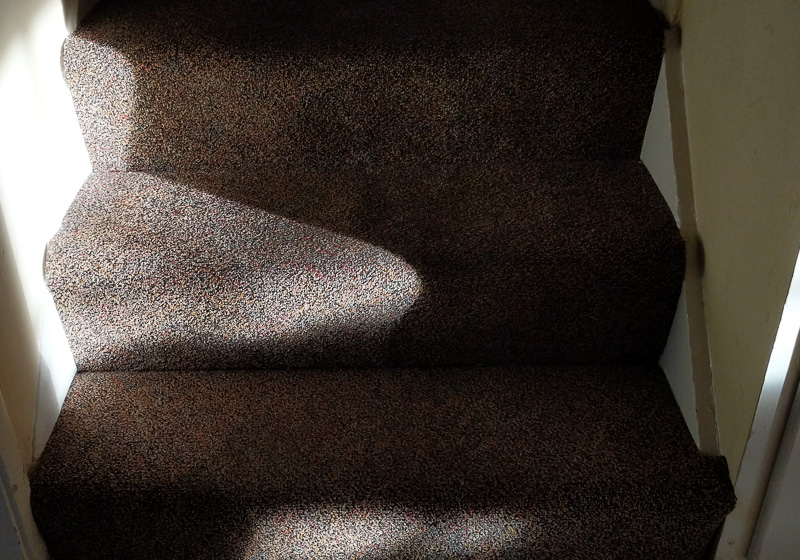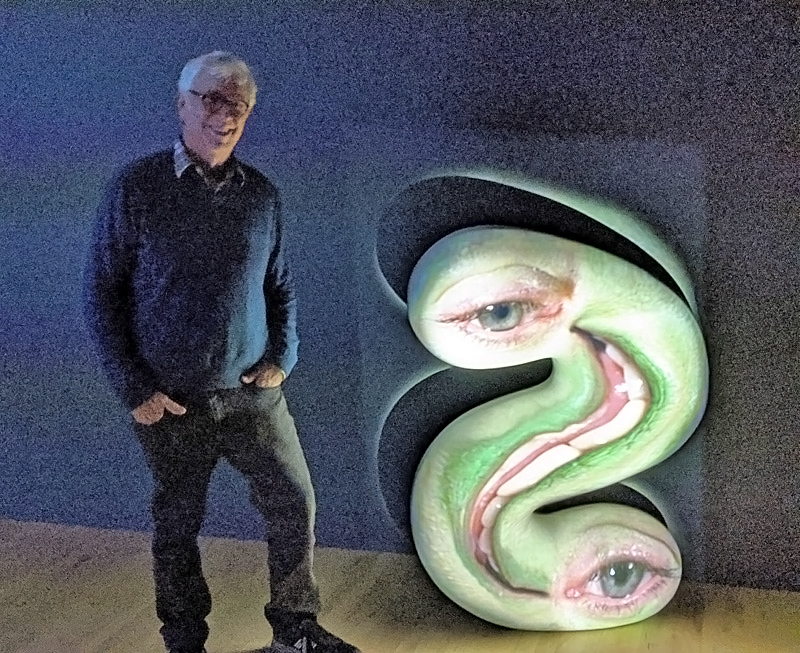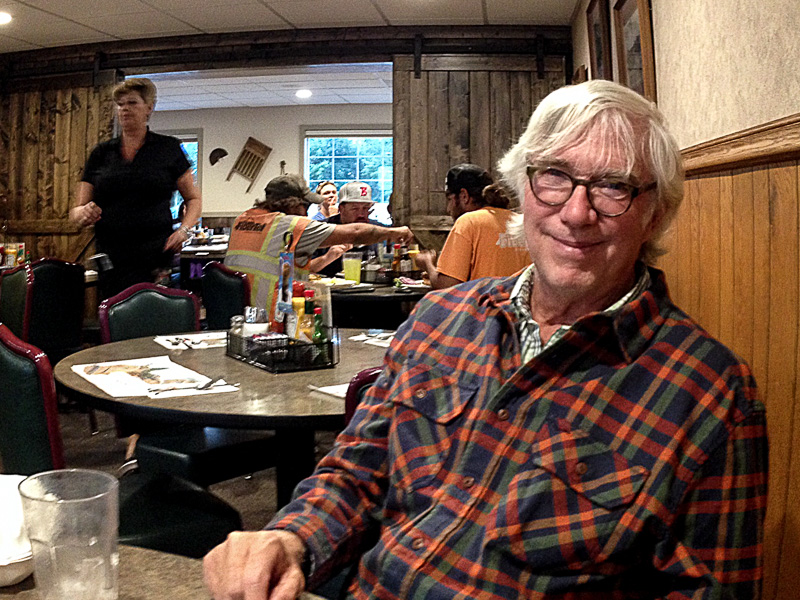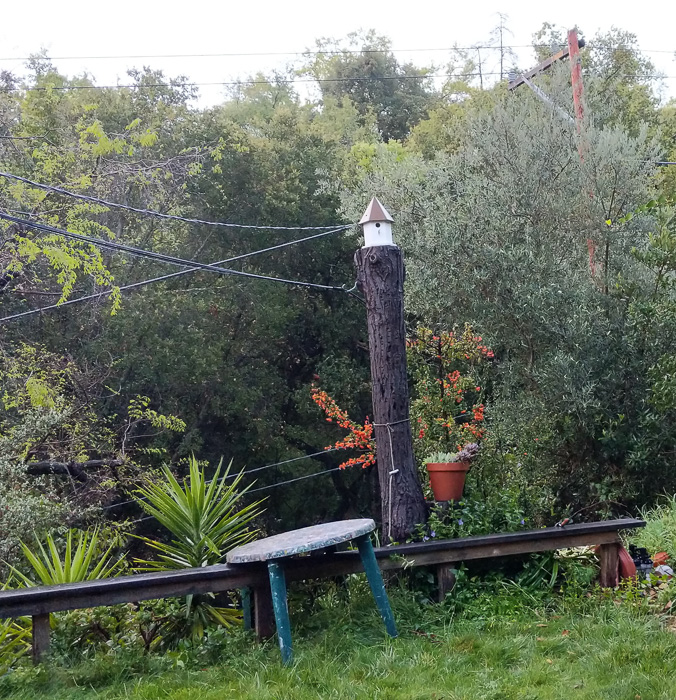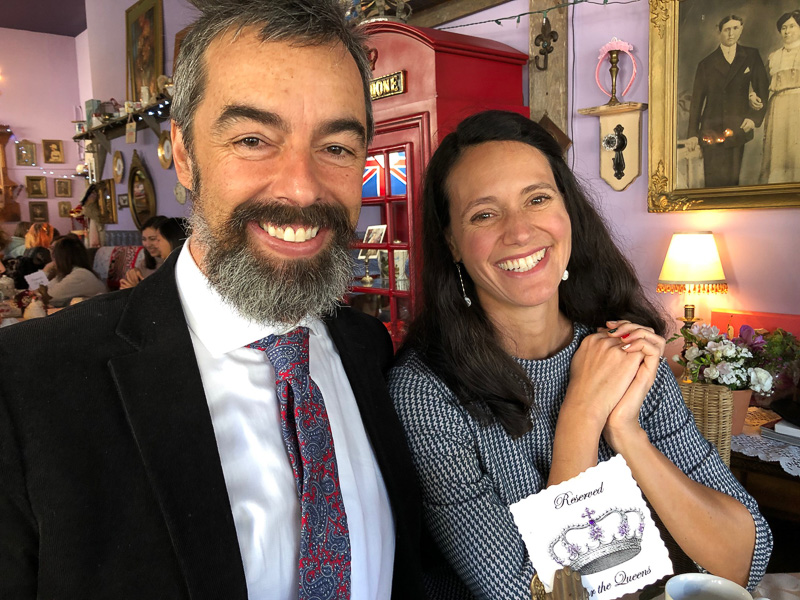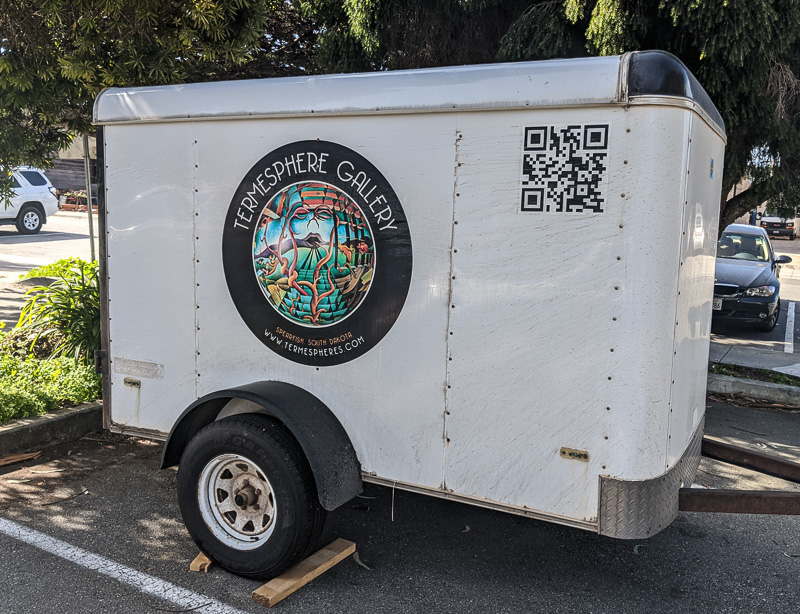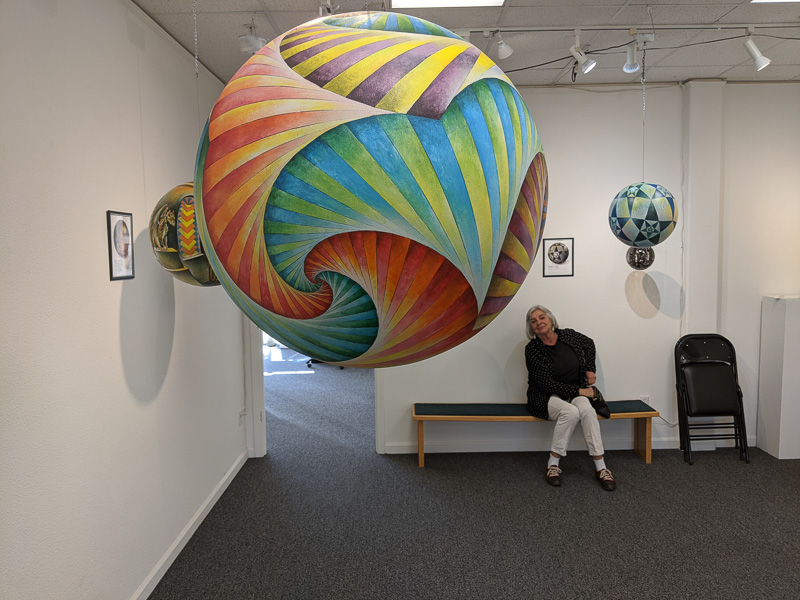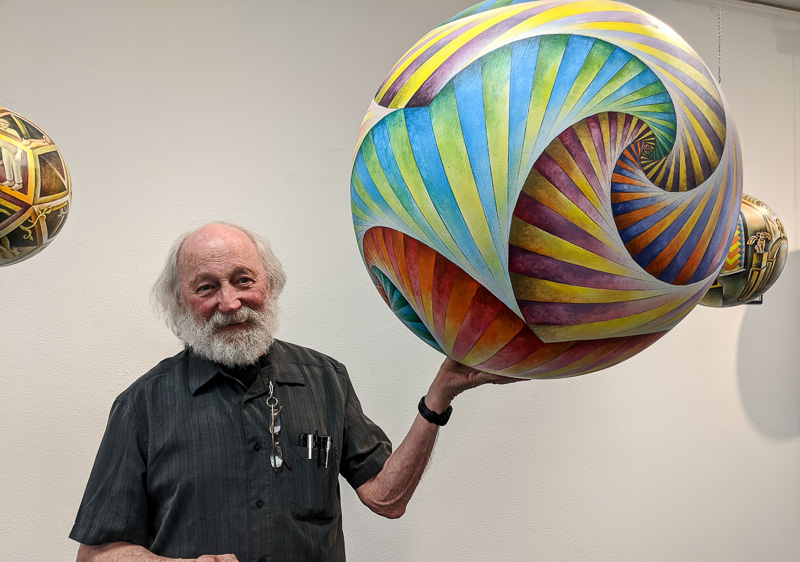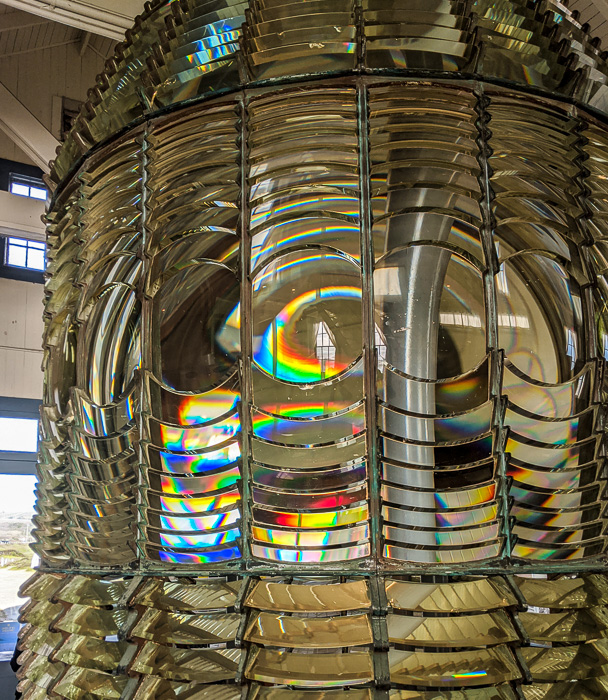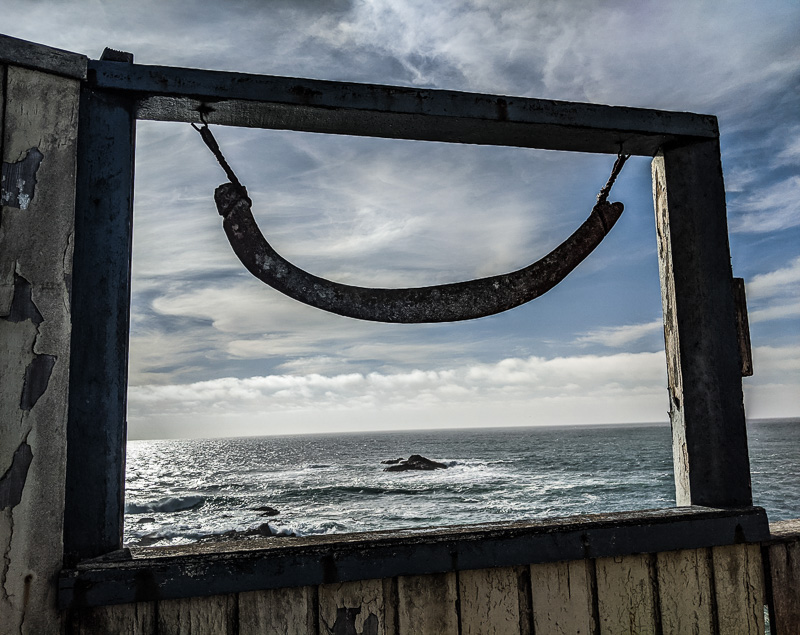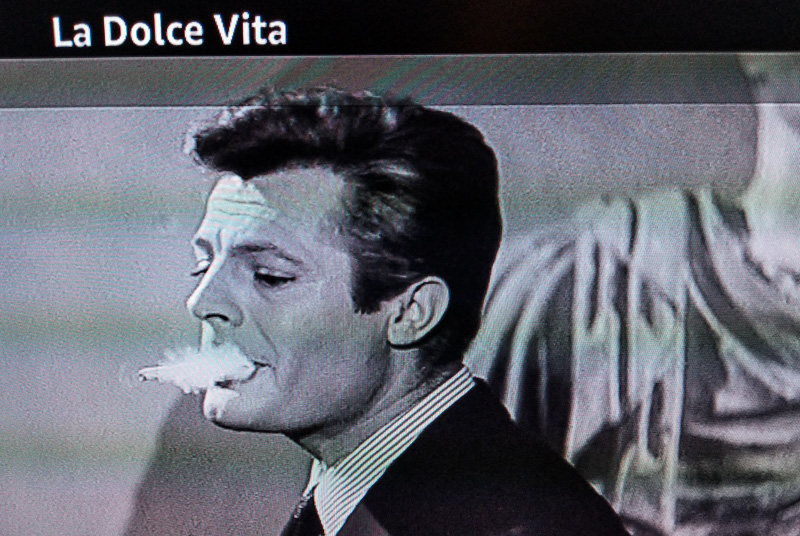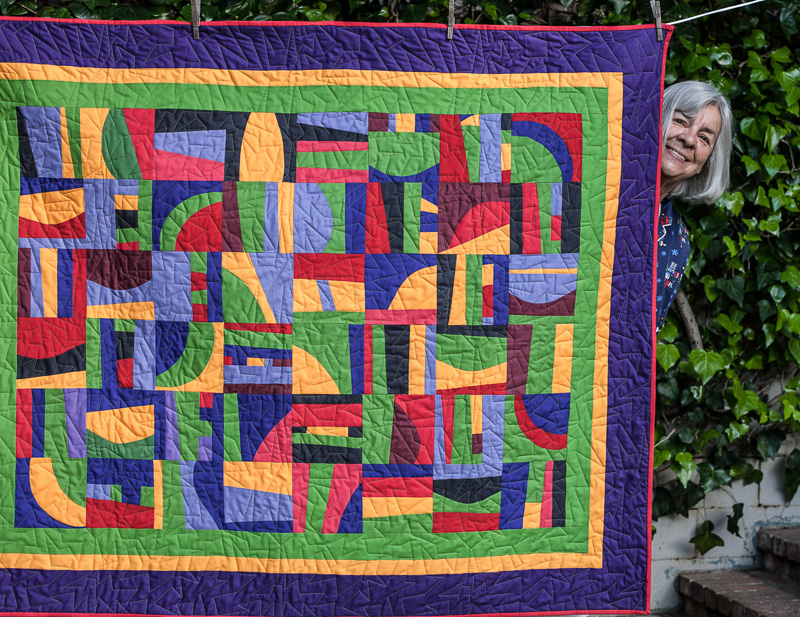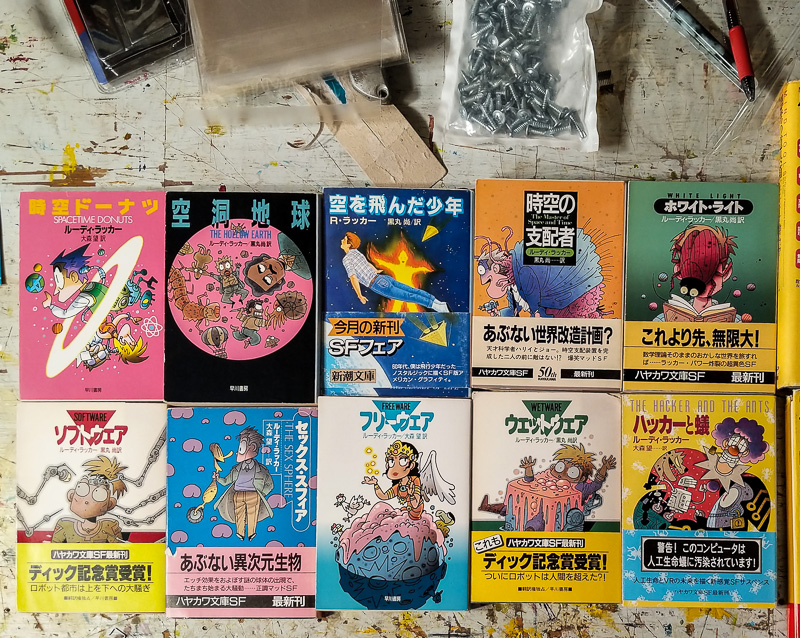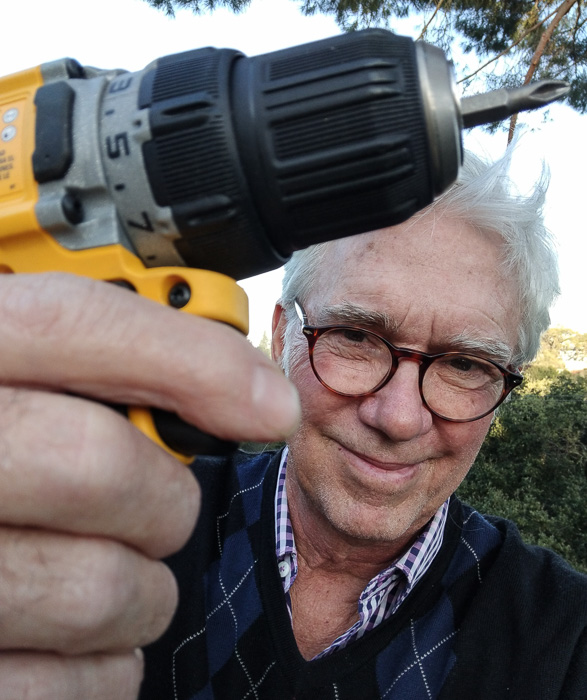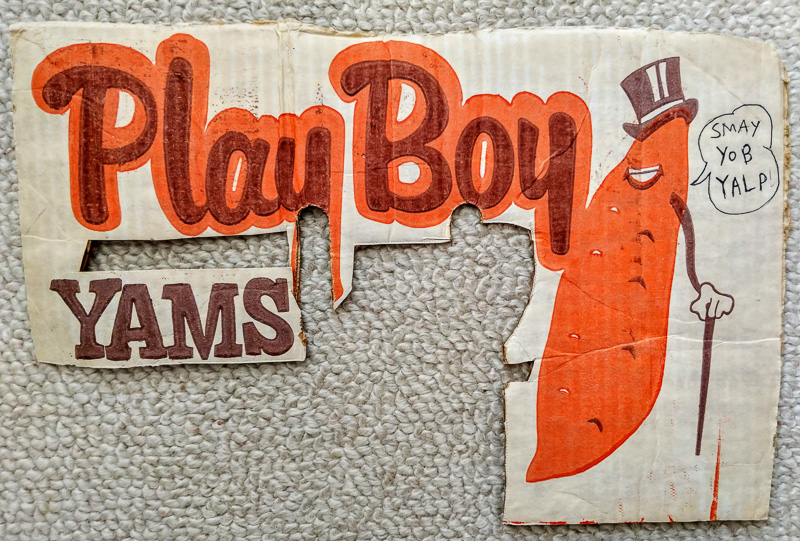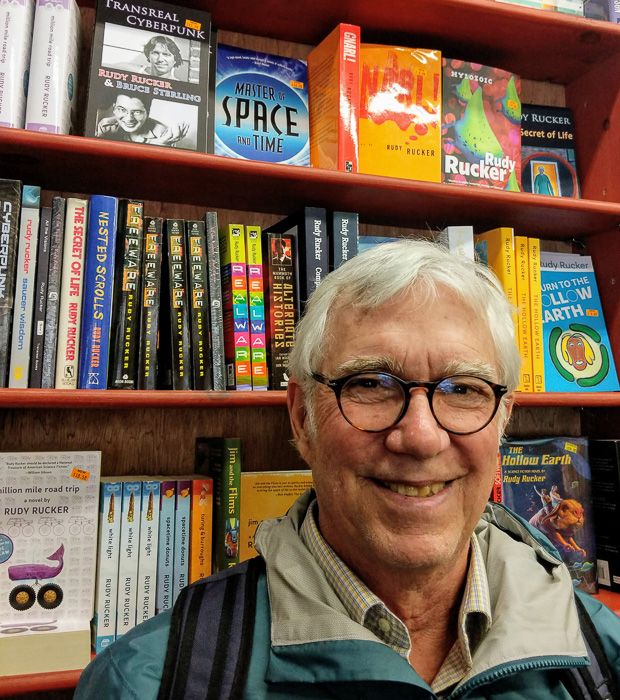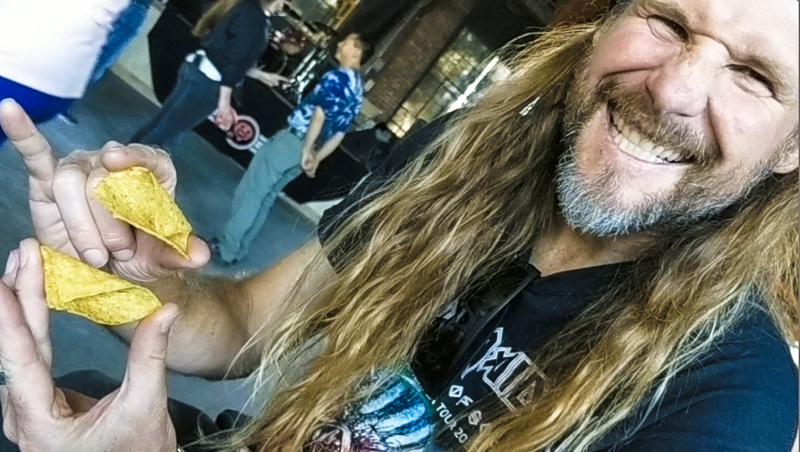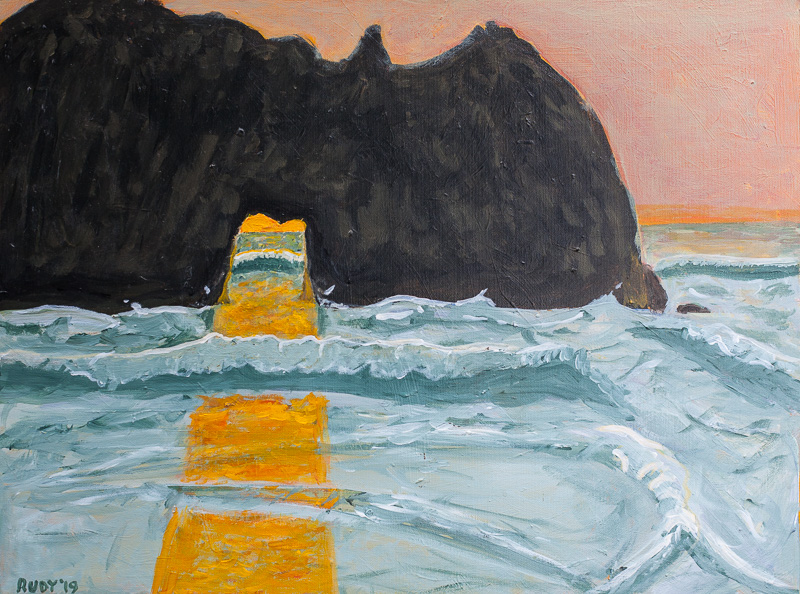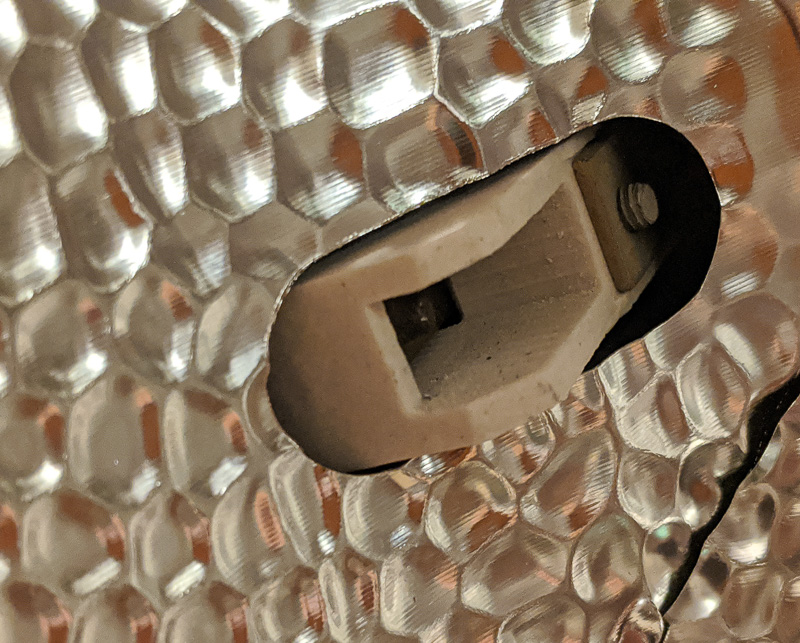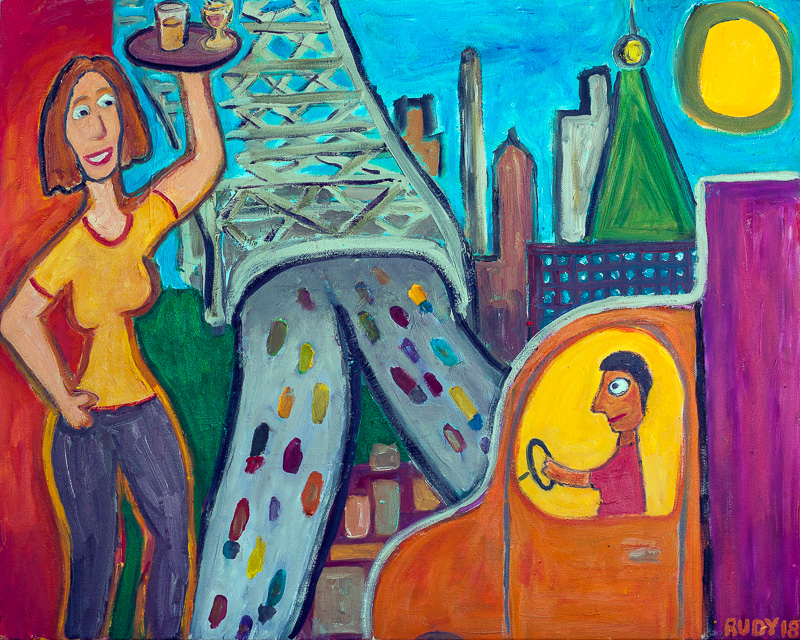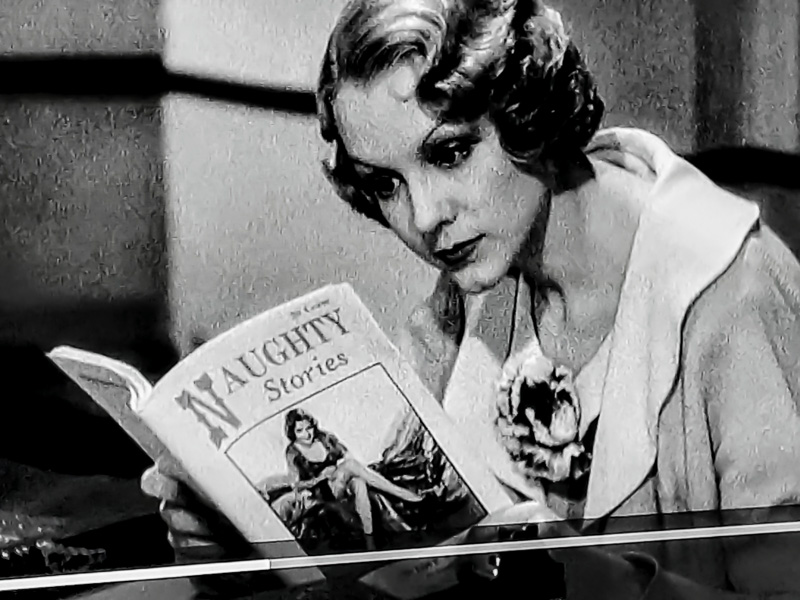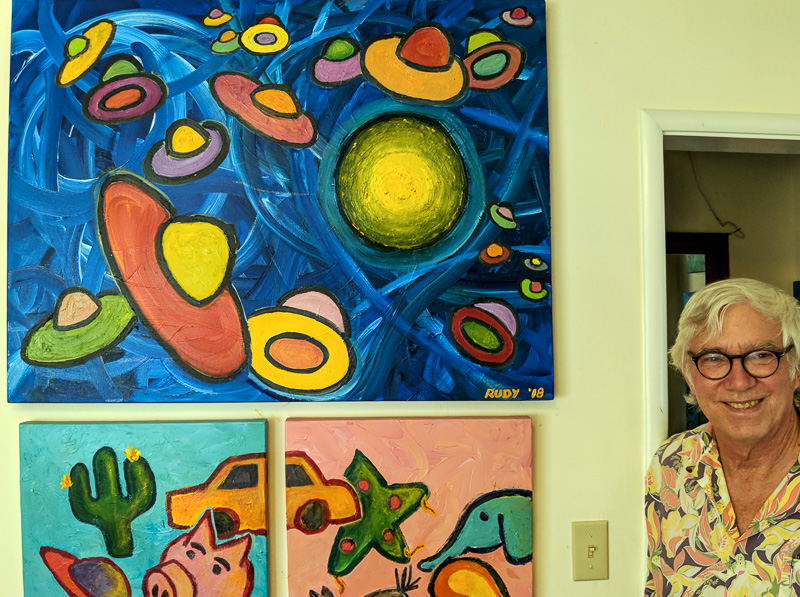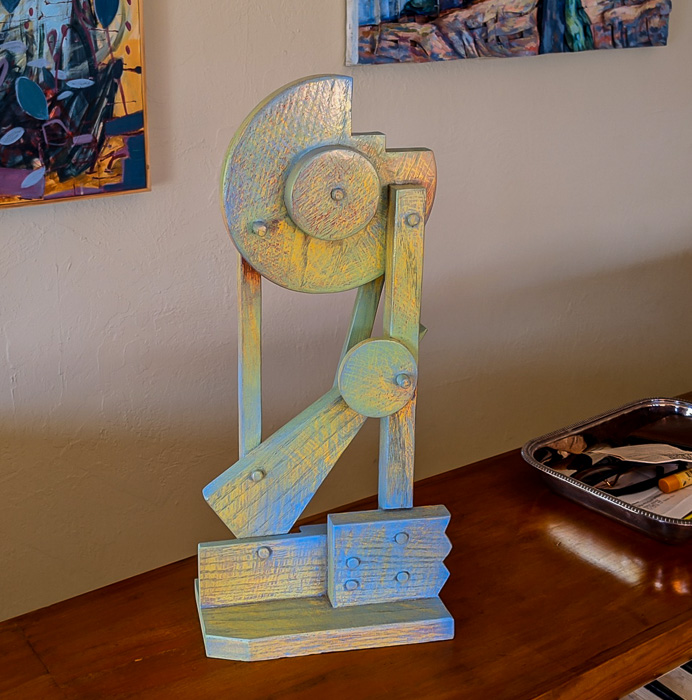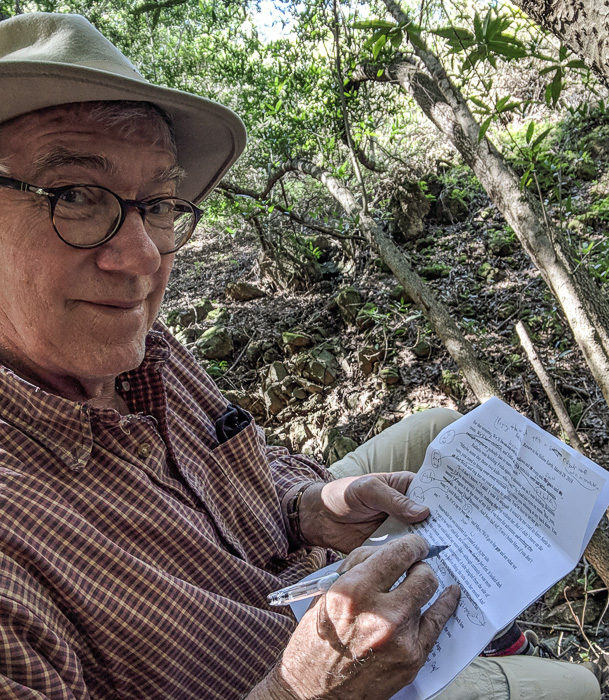Here’s a forty-three-year-old story of mine that resonates with our current pandemic lockdown.
When I wrote “Enlightenment Rabies” in 1977 I was upset about the U. S. propaganda tactic of naming diseases after the government’s enemies: the Russian Flu, the Chinese Flu and the like. And, of course, I was filled with hatred for television. This was one of my very first stories. From the present-day vantage, it looks cyberpunk.
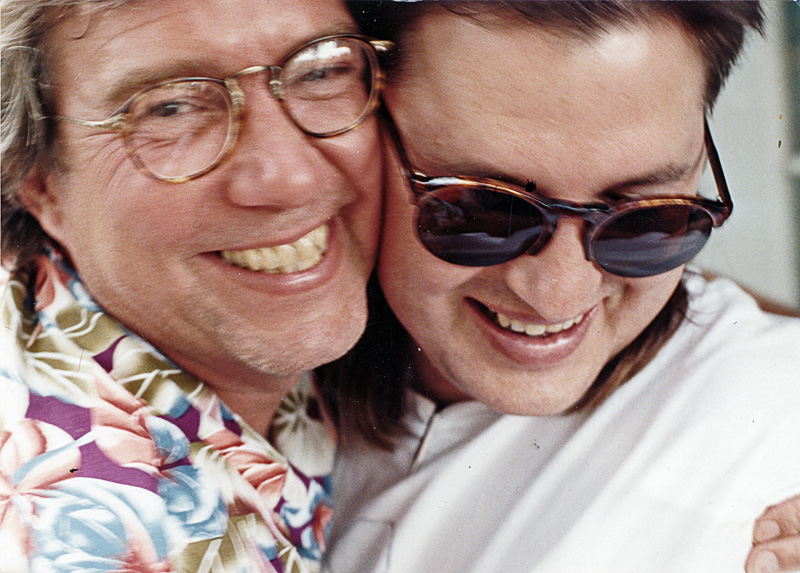
[With Bruce Sterling, twenty years later.]
I sent “Enlightenment Rabies” to the short-lived magazine Unearth in 1978, and they were going to print it, but then they decided to serialize my novel Spacetime Donuts instead. And in 1987, the mostly cyberpunk semiprozine New Pathways did print it.
So here it is again, special for the Spring of 2020, out from the vaults of tiiimmmme.

Enlightenment Rabies
His boots looked so perfect. Two dark parabolas in a field of yellow; slight three-dimensional interest provided by the scurf strewn about. Time to act. Boone took a newspaper the size of a bubblegum wrapper from the stack at the android’s elbow.
“Three dollars.”
Handing over the money, he again forgot where he was. Or entered another spacetime. “The cave and the marketplace” is what he called it. Buying the newspaper was marketplace, and grooving on his boots was cave. This was an old Zen distinction comparable to the One/Many distinction of the Greeks. Boone tried to live at the interface of complementary world-views; but more often than not he was just really out of it.
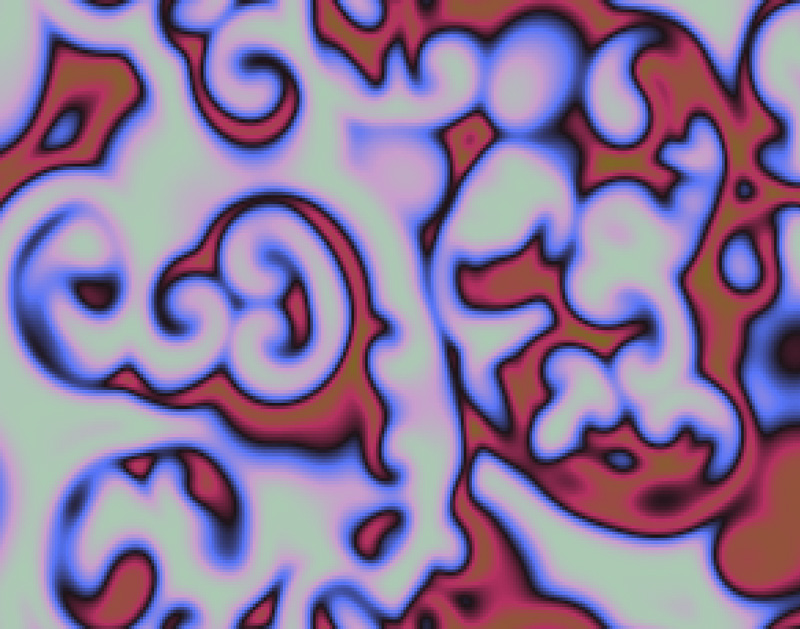
He passed through the news-shop’s air-curtain and glanced up at the sky. A shareholder jostled him, then remarked, “They’re saying it’ll rain tonight, uh.”
“I don’t care what they’re saying. I make my own weather,” Boone snapped.
The shareholder’s face froze behind his stunglasses and began to fade. Boone elaborated, “If you let those glasses tell you what tomorrow’s weather is today, then you don’t have your tomorrow. You have their tomorrow. Lose the consensus, Jimmy. Wake up, uh.”
The shareholder gave him a cautious but superior smile. “You had your vaccination?” he asked with exaggerated clarity, and walked on.

Boone fell into a dream looking at the gauzy white clouds against the light and bright November sky. Good day for something. He put some music in his workspace and started walking. The shareholder’s question surfaced in his mind.
Vaccination. Damn. Seemed like they’d just been through all that a few weeks ago. Boone had nearly been swept that time. He’d caught the disease…“Dirtbug” they’d been calling it…he’d caught it and would have died if he hadn’t been able to score some anti-toxin. Had cost him ten grand, and he’d had to kill a man to get the money. This time he’d do it the easy way and let the state vaccinate him.
Boone sat down on a bench and took the newspaper out of his packet. It was really a small white-light hologram. He held it up to his eye and looked through to see an old-fashioned newspaper spread out on a table. Social hygiene was page four.
…tragic death of three patients at Veterans’ hospital…ten soldiers at research center…new virus isolated…disease has been named “Enlightenment Rabies”…

Boone laughed bitterly. There must be more people working the interface than he’d realized. The state invented the diseases and spread them, but it always named them after some perceived social ill. This time it was enlightenment, next time it might be underconsumption or dirty teeth. In any case, the point was that if you were too wasted or stubborn to go get the state-administered antidote you were going to get swept.
…cramps, buboes, and convulsions ending in death by suffocation…crash vaccination program…available November 17”“20 at these local centers…
Boone checked the date on the paper. Today was the 20th. Now where was the nearest center? After a few minutes he knew where to go. Off the interface, brought down in the marketplace, running scared like they wanted.
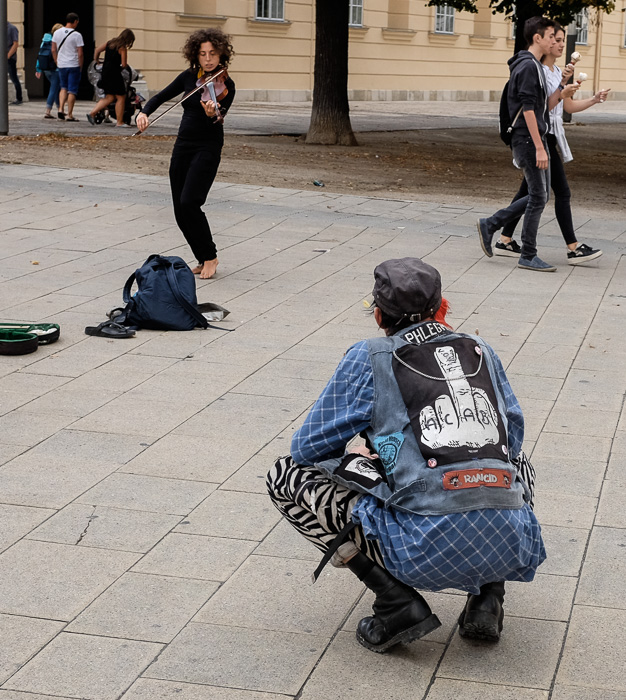
Halfway down the block Boone bumped into his friend Ace High. Ace was standing on the sidewalk with his head thrown far back and his arms wrapped around his legs. The Metal Crane position.
Boone stopped to look at Ace for a minute. Ace’s eyes were aimed at him, but there was nobody home. Boone was clearly in the presence of an unvaccinated fellow-citizen.
“Hey Ace,” he said, trying to straighten up his friend’s bent body, “Come on, uh, it’s eigenstate time.”
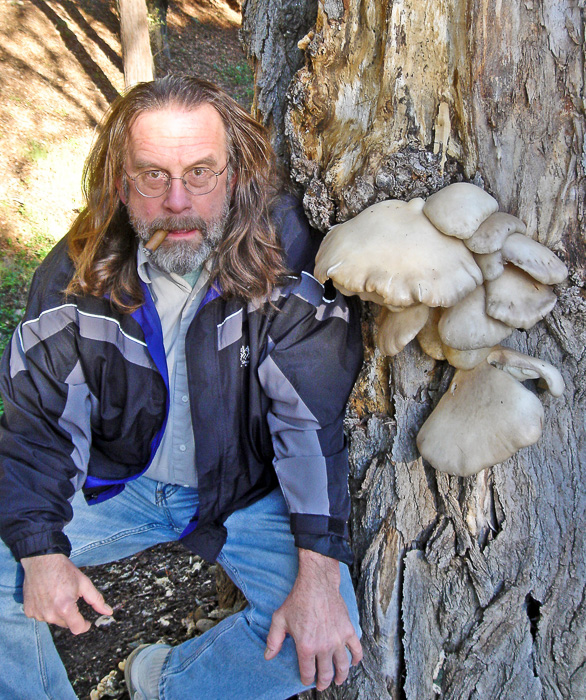
Ace High was infinitely differentiable. He got the message and locked in on the signal. His face split like a melon when he smiled, as he did now, uncleaned teeth glistening in the sun. “Why…does the doctor…have no face?” he crooned, guessing Boone’s meaning. “Let’s go, boss.”
Boone and Ace High started off for the vaccination center. It was easier to be going together. That way if you forgot where you were going, your friend might still know.
“Let’s get some stunglasses on,” Boone suggested, feeling through his pockets. He still had his pair. Ace had lost his, so they decided to stop in at the next news-shop to get some.

Boone was already feeling the effects of his stunglasses. His mind was filled with safety tips, news updates, and new product information. Purposefully he went into the news-shop and bought a pair of stunglasses for Ace High. It was an attractive little shop with a big multiplexed holographic display in the corner. If Boone looked in just the right direction, the image his stunglasses produced fit right on top of the image displayed in the news-shop. An indescribably beautiful moiré interference pattern appeared, and he was gone again.
Fortunately Ace High had already put on his new stunglasses. As he watched, Boone slowly assumed the Silent Planet posture, his face turned rapturously to the news-shop’s advertising display. Ace High looked at the floor, not wanting to disturb his friend. The stunglasses were projecting a three-dimensional holographic image in front of everything he looked at. The image was multiplexed, so he couldn’t actually say for sure what it was of. It was a lot things at once, and his brain knew how to sort out and store the information. His trusting brain was soaking it right up.

As he watched the stunglasses’ images, Ace High’s slack exuberance turned to responsible concern. Concern that he had not drawn his paycheck for two months. Concern about what he had been doing for two months. Concern that everyone receive their Enlightenment Rabies vaccination, particularly himself and Boone. Concern with the fact that more and more young people were turning their backs on the real world, only to go chasing after some kind of crazy half-scientific hopped-up occultist mystagogic blue-dome swizzle, uh.
Boone was more or less squatting on the floor with his arms between his knees. He was singing or moaning a wavering note. The Music of the Spheres is what the kids called it, and ordinarily if your best friend was singing the Music of the Spheres you left him alone for a few days. But they had to get that vaccination or they’d be swept.
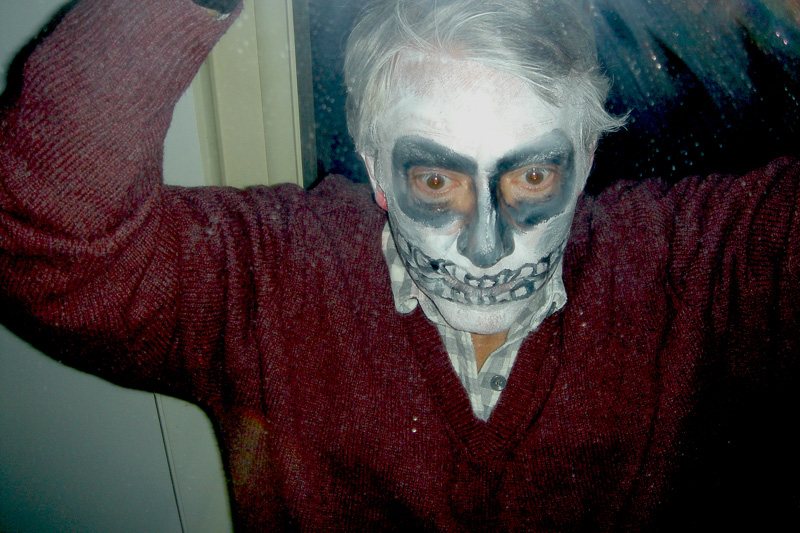
“Are we crazy / are we insanéd / are we zeroes / that someone painted?” Boone muttered when Ace shook him. Then he shifted phases, the images unlocked, and he was walking out the door with a headache.
“The old bus station, right?” Ace High said. Boone nodded, and they started down the cold and dry sidewalk, flooded yellow with clear November sun. They were wearing their stunglasses, and each of them had about half of his attention occupied by the multiplex image the stunglasses projected into any part of the visual field not under active scrutiny.
The bus station was a ten minute walk away, but they didn’t talk much. They were absorbed in watching a dinosaur show. They couldn’t even tell that it was multiplex anymore. Their whole conscious minds were involved in the show they were watching, and the incessant messages from all the “sponsors” were being sorted out and stowed away subconsciously.
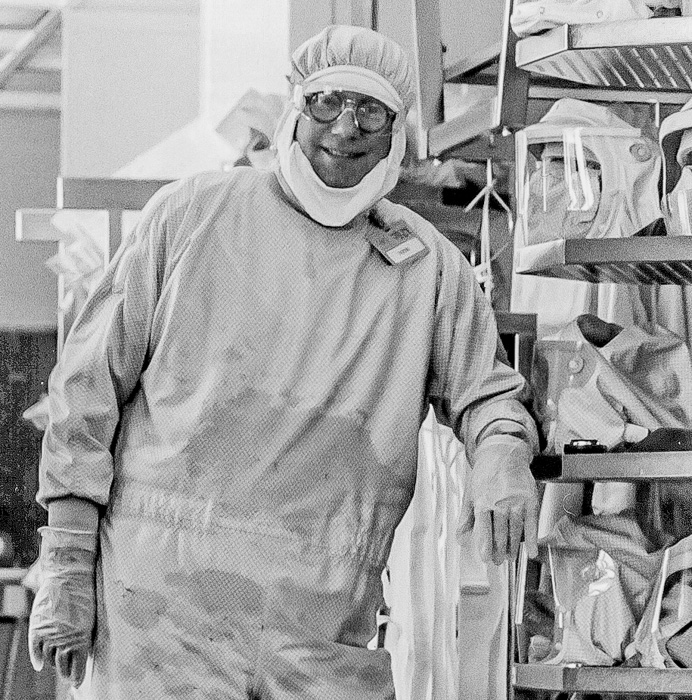
Soon Boone and Ace High had joined the long line of waiting citizens that snaked out of the old bus station. Everyone had stunglasses on. Some people were watching sports, some were watching old movies, some were watching sex, some were watching university extension courses. Nobody was watching the November sunlight sliding across the street like nectar from the last flower of the year.











